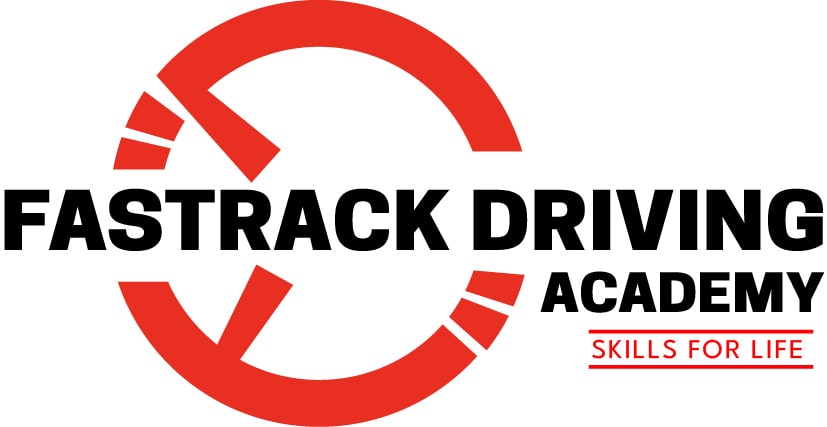Why Night Driving Requires Extra Caution: A Guide for Drivers
Driving at night poses unique challenges due to reduced visibility and fatigue. Learn essential safety tips for night driving to minimize risks and stay safe on the road.

Driving at night presents unique challenges and risks that demand extra attention and caution. Reduced visibility, fatigue, and the increased likelihood of encountering impaired drivers make night driving more dangerous than daytime driving. Here’s why night driving requires extra caution and how you can stay safe on the road after dark.
1. Reduced Visibility
At night, your ability to see clearly is significantly diminished, even with headlights. The lack of natural light makes it harder to spot hazards such as:
- Pedestrians, cyclists, and animals crossing the road.
- Objects or debris in the road that can cause accidents.
- Changes in road conditions like curves, potholes, or uneven surfaces. To combat reduced visibility:
- Use your headlights appropriately, switching to high beams in dark areas without traffic and dimming them for oncoming vehicles.
- Clean your windshield, mirrors, and headlights regularly to maximize visibility.
- Reduce your speed to allow more time to react to potential hazards.
2. Increased Risk of Fatigue
Driver fatigue is one of the leading causes of night driving accidents. After a long day, your body naturally wants to rest, and driving when you're tired can impair your judgment and reaction time. To avoid fatigue:
- Get plenty of rest before driving at night, especially on long trips.
- Take regular breaks every two hours to stretch and refresh yourself.
- Stay hydrated and avoid heavy meals that can make you drowsy. If you feel tired, don’t push yourself—find a safe place to stop and rest.
3. Glare from Oncoming Traffic
Headlights from oncoming traffic can cause temporary blindness or glare, making it harder to see the road ahead. This is especially dangerous on two-lane roads where cars are close to each other. To minimize the impact of glare:
- Avoid looking directly at oncoming headlights by focusing on the road’s right edge.
- Adjust your rearview mirror to the "night" or "anti-glare" setting to reduce glare from vehicles behind you.
- Keep your windshield clean to prevent light from scattering and intensifying the glare.
4. Greater Likelihood of Impaired Drivers
Nighttime driving increases the chances of encountering impaired drivers, whether due to alcohol, drugs, or fatigue. These drivers are more likely to:
- Make erratic lane changes, drift between lanes, or drive at unsafe speeds.
- Run red lights or stop signs without noticing.
- React slowly to traffic signals or other vehicles. To stay safe:
- Be extra vigilant for signs of impaired driving, such as swerving or inconsistent speed.
- Keep a safe following distance from other vehicles.
- Avoid driving during high-risk times, such as late at night or after bars close, when impaired drivers are more likely to be on the road.
5. Limited Peripheral Vision
At night, your peripheral vision—the ability to see objects and movement outside of your direct line of sight—diminishes. This makes it harder to detect hazards that aren’t directly in front of you. To compensate for limited peripheral vision:
- Scan the road ahead and to the sides frequently.
- Use your mirrors regularly to keep track of vehicles behind or beside you.
- Stay alert to unexpected obstacles like animals or pedestrians entering the road from the side.
6. Animals on the Road
Many animals, especially deer, are more active at night. They can suddenly dart across the road, causing dangerous accidents. To reduce the risk of hitting an animal:
- Watch for wildlife crossing signs, which indicate areas where animals are commonly seen.
- Use high beams when driving in rural or dark areas, as long as they don’t interfere with other drivers.
- Slow down if you spot an animal near the road and be prepared to stop if it enters your path.
7. Increased Dependence on Artificial Lighting
Streetlights, headlights, and other artificial light sources provide crucial visibility at night, but they can also create shadows and distort depth perception. To navigate safely in artificially lit areas:
- Be cautious when transitioning from brightly lit areas to dark ones, as your eyes will need time to adjust.
- Don’t rely solely on streetlights; use your headlights properly, even on well-lit roads.
- Pay attention to reflective road markers, which can help guide you when visibility is poor.
8. Longer Stopping Distances
At night, it takes longer to recognize and react to hazards, increasing the distance needed to stop safely. This is compounded by the reduced traction that can occur in colder, nighttime temperatures. To stay safe:
- Increase your following distance, giving yourself more time to react to sudden stops or obstacles.
- Brake gently and early when approaching intersections or stop signs.
- Avoid tailgating; leave extra space between you and the vehicle in front to account for reduced reaction time.
9. Less Traffic, But Greater Risks
While there may be less traffic on the road at night, the risks are often higher due to the presence of tired or impaired drivers and the lack of visibility. To minimize these risks:
- Stay in well-lit, populated areas where possible.
- Use highways and major roads rather than rural or isolated routes, as these are typically better maintained and monitored.
- Drive defensively, anticipating the potential mistakes of other drivers.
Conclusion
Night driving requires extra caution due to reduced visibility, driver fatigue, and the increased likelihood of encountering impaired drivers. By adjusting your speed, staying alert, and using proper defensive driving techniques, you can minimize the risks and ensure a safer journey. Always be aware of your surroundings, stay focused on the road, and take breaks when necessary to maintain your safety and the safety of others.
What's Your Reaction?
































